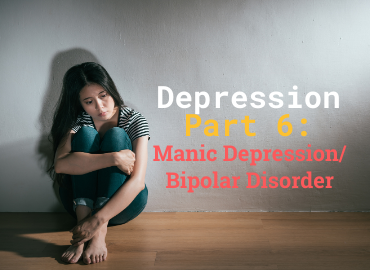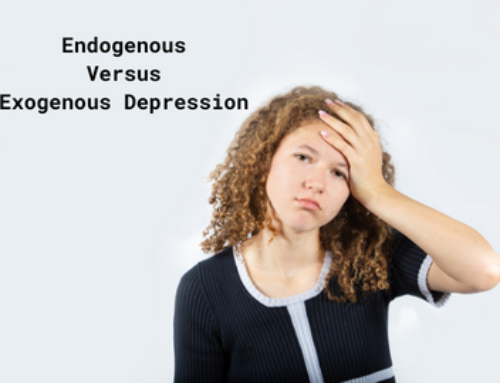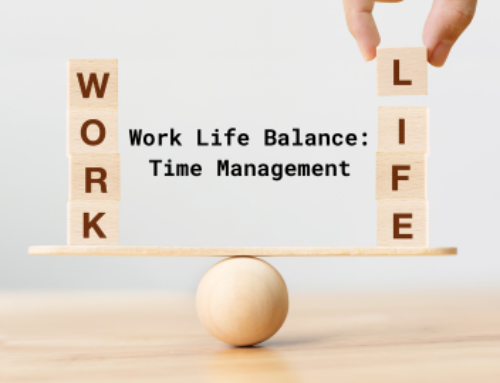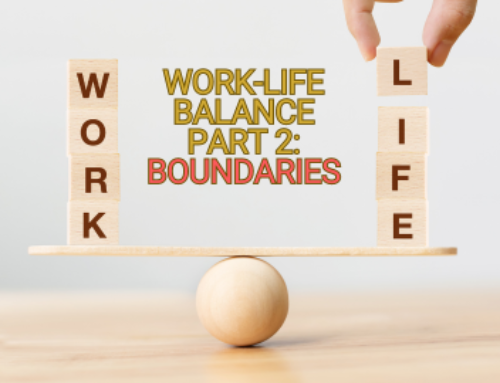Depression Part 6: Manic Depression/Bipolar Disorder
A Painful Spectrum
What is bipolar disorder? Bipolar disorder, also called manic depression, is defined as a depressive disorder that swings between two “poles,” a state of mania and a state of depression. The National Institute of Mental Health (NIMH) divides bipolar disorder into three types:
- Bipolar 1 involves manic episodes over 7 days long or exhibiting symptoms that require hospitalization. Depressive episodes tend to last about 14 days. A mixed state with characteristics of both depression and mania has been observed in some cases.
- Bipolar 2 involves less severe manic (hypomanic) episodes along with the depressive episodes.
- Cyclothymia involves hypomanic episodes accompanied by depressive episodes that last over 2 years or 1 year in minors.
For our purposes today, we will speak of bipolar disorder in the general sense, but it is important to be aware of the subtypes.
What are these highs and lows like? Bipolar disorder is a troubling and complex condition that affects each sufferer differently. People can feel symptoms of depression and mania at the same time.
The depression that accompanies bipolar disorder can cause sufferers to withdraw, lose interest in activities and relationships, and even self-harm. Mania is tricky and can fool the sufferer and observers into thinking that they are seeing improvement. Someone experiencing mania may feel excited, with racing thoughts and wild ideas. They may have irritable outbursts or engage in risky behavior like spending too much money.
An Unpredictable Issue
Bipolar disorder is a problem that shows a link to genetics, though research is ongoing as to the degree and nature of the correlation. Most people diagnosed with manic depression are diagnosed in adulthood, but bipolar disorder can affect any age. One reason is that the symptoms of bipolar disorder are easily mistaken for the natural trials of growing up. Stressful changes in life, like pregnancy, can put a bipolar sufferer’s stability in jeopardy. Multiple sources of support are important for the patient to be able to rely on.
Meeting in the Middle
One of the most important things for a bipolar sufferer to do is to acknowledge the issue and seek help. Bipolar disorder does not only affect the sufferer but those around them as well. Medication is often helpful, and talk, group, and/or cognitive therapy is an excellent way to develop positive patterns and effective ways of managing the condition.
You deserve peace and stability, and we want to help you find it. Check out our testimonial page to see what our friends have to say, and take advantage of our telepsychiatry services. Contact us anytime, and if you or a loved one are in danger, call the SAMHSA hotline, open 24/7.





